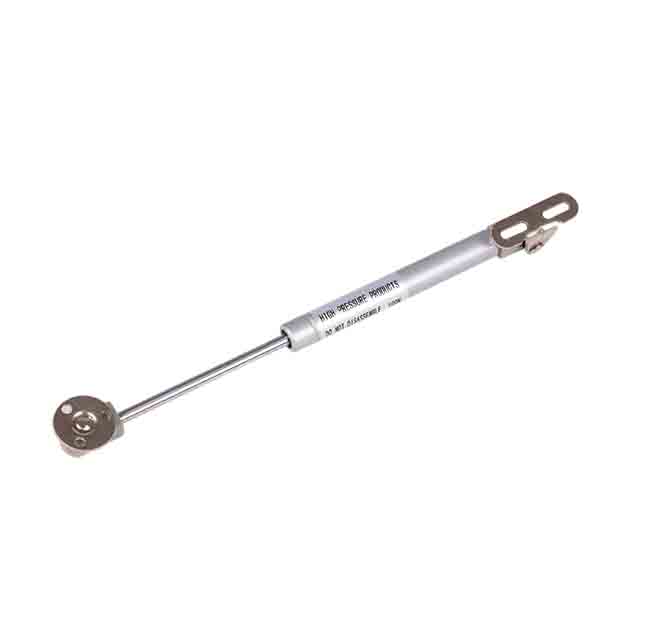If you are interested in our products ,please contact our team
Before you purchase the gas spring needed for your application, there's always an inevitable question that's asked before choosing one gas spring over the other.
We've put together a helpful collection of FAQs below to assist you in determining the best gas spring choice for your application and to assist you with your first decision-making process.
It is always best to attach gas springs with the rod facing downward. This ensures that the spring's oil is positioned properly to lubricate internal seals and maximize damping properties, ensuring safe and effortless movement.
Any gas spring's performance is strongly influenced by where it is placed, and this location is defined by the application and its use.
For instance, the spring that moves the lighting arm in a hospital ward will be installed differently than the spring that opens a storage hatch on the side of an ambulance.
Many distinct variables affect how much force is needed for your application.
Before you can determine the exact force, for instance, you must take into account the mounting position, application weight, hinge friction, tolerances, and handling preferences of your application.
We advise utilizing our VARI-LIFT valve for prototype parts since it enables you to change the pressure and find the perfect force for your application.
With the help of our VARI-LIFT valves, you may change the force of our gas springs. You may use these ingenious valves to release pressure right where it is needed for your application.

Throughout the whole stroke of a gas spring, forces are nonlinear and rise as the spring is compressed. The dimensions of the gas spring or its oil level can regulate this, which is also known as the P2/P1 ratio, k factor, or progression rate.
When choosing the appropriate product for your application, our team will give you advice on the P2/P1 ratio of your spring.
There are numerous ways to regulate the gas spring's expansion speed. These include the piston's opening size and the oil's thickness in the gas spring. About choosing the appropriate gas spring for your application, our experts can provide you with advice on these factors.
Our normal carbon steel gas springs have a black finish, but we can also make them out of white powder-coated tubes and stainless steel 316L gas springs with a natural finish upon request.
To meet customer demands, there is continuous innovation in the development of gas springs. We manufacture standard gas springs and other system components as an experienced and reputable gas spring supplier.
Please click here to see our various designs and offers. We look forward to working with you in the future.